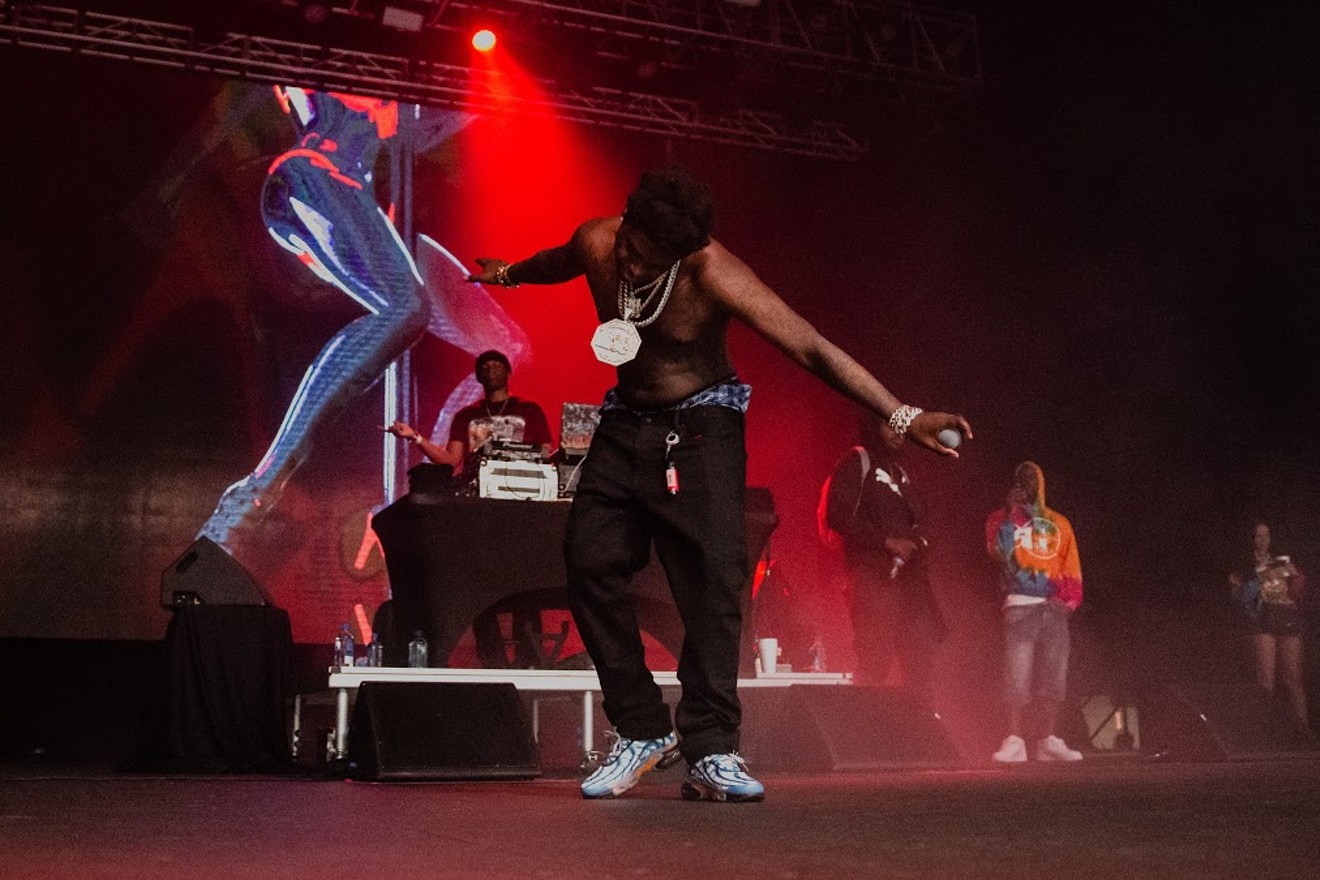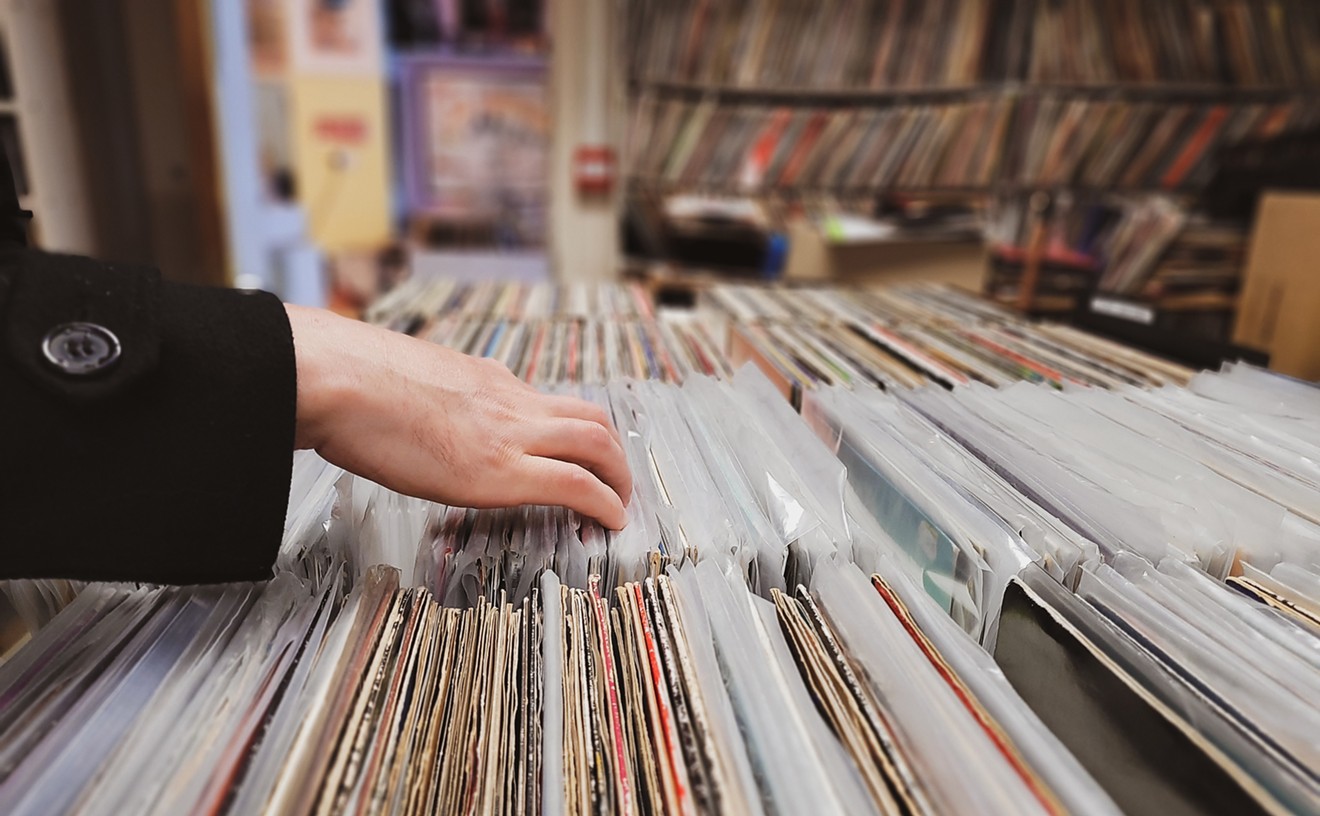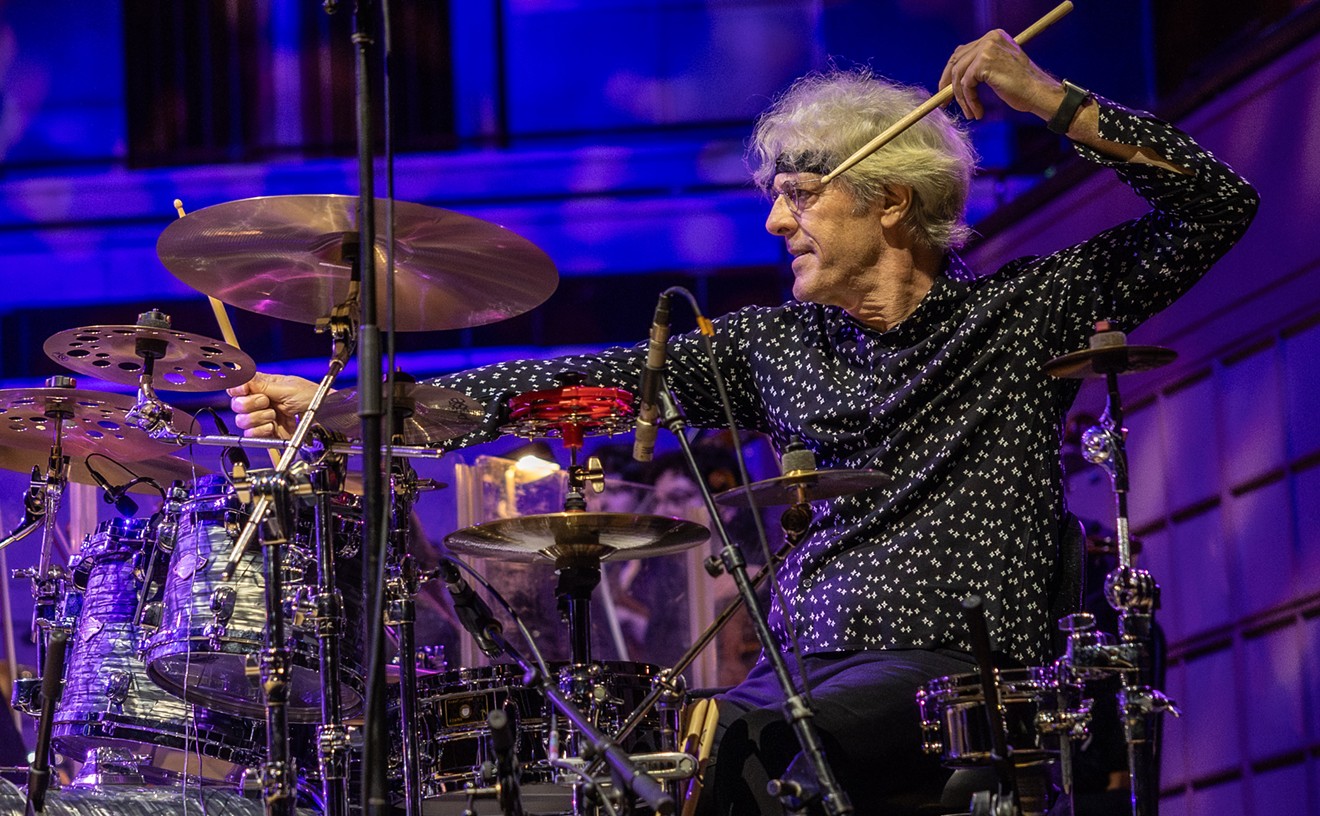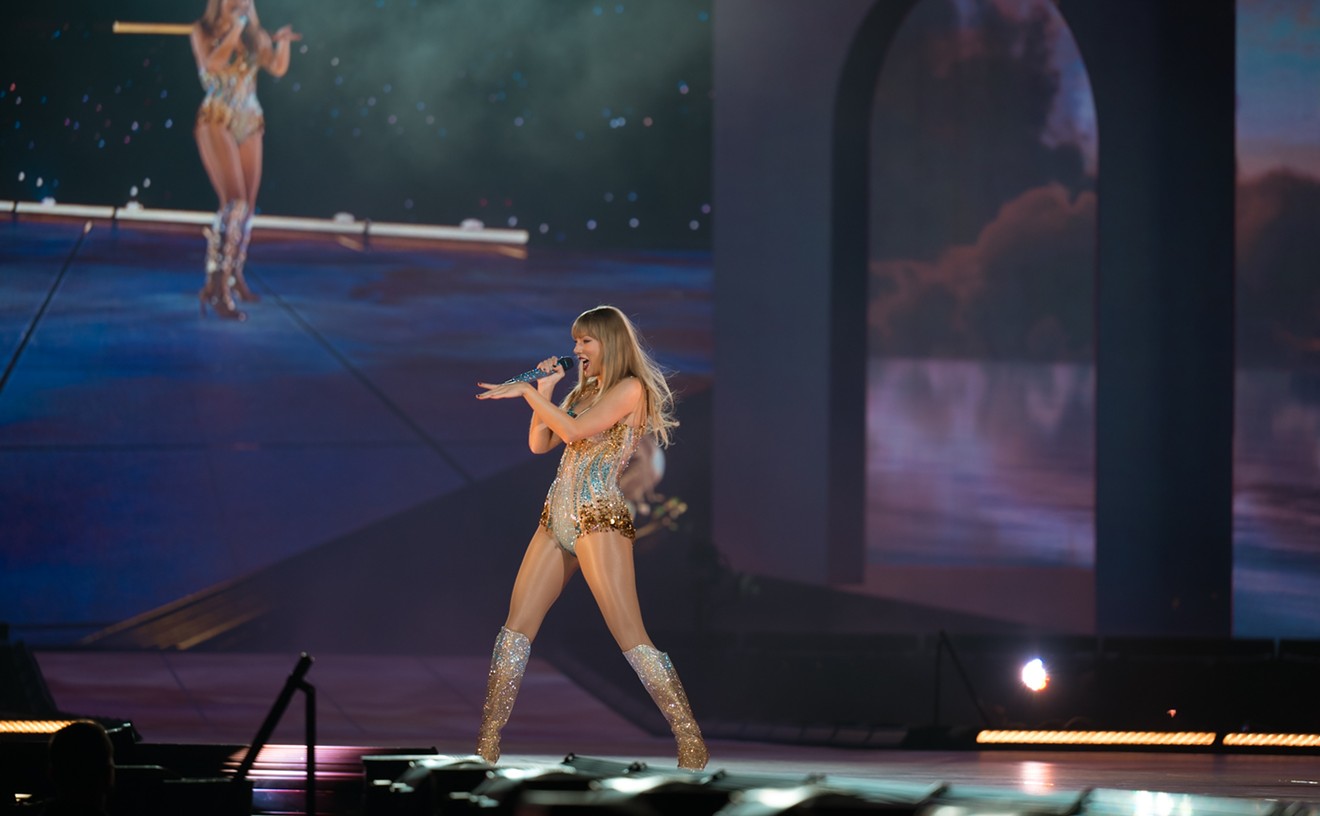Too frequently, the music press describes Kodak Black as a "controversial rapper.” While the title is not inaccurate, it is, to a degree, irresponsible.
Bob Dylan, N.W.A. and Sinead O’Connor were controversial. So were Lou Pearlman, Roman Polanski and Jerry Lee Lewis. What makes the former three controversial is in no way similar to what made the latter three earn that title.
Polanksi was accused of having sex with an underage girl, Jerry Lee Lewis married a 13-year-old and Pearlman was accused of running a massive Ponzi scheme. So, saying “controversial producer and artist manager Lou Pearlman" would encourage people to regard his controversial qualities as merely an afterthought, as more emphasis is placed on the fact that he was a producer and artist manager.
Being controversial can be sexy. Endorsing a politician or a political cause can be controversial. Getting wasted and trashing a hotel room Motley Crue-style can be controversial. Not all controversy is equal.
In Kodak Black's case, calling him “controversial” because of sexual assault allegations unintentionally conflates sexual assault with more trivial matters.
In Kodak Black's case, calling him “controversial” because of sexual assault allegations unintentionally conflates sexual assault with more trivial matters.
tweet this
The reason I bring this up is because the Sun-Sentinel reported in 2016 that Kodak Black was issued an arrest warrant in South Carolina for a sexual assault charge filed following a show the Florida rapper performed in Florence. When radio personality Ebro Darden probed Kodak on the matter, the rapper, born Dieuson Octave, walked out on the interview after unsuccessful attempts at changing the subject.
I know this is a concert review and not an unabridged history of Kodak’s checkered legal past, but “separating the art from the artist” is an exercise in futility, as art is fundamentally a reflection of who the artist is. Plus, one of Kodak’s bars in “Up in Here” says, “I get stupid on a n—-a, like I’m autistic,” and given that I actually am autistic, consideration of personal matters seems to be fair game.
If we separate the art from the artist, then it's fair to say that Kodak put on an energetic show at Bomb Factory on Friday night, and he seemed much more confident and self-realized than his earlier output would indicate.
Doors opened at 7 p.m., and Kodak came on stage at approximately 10:20 p.m. Between that time, two DJs were hyping up the crowd, repeatedly saying something to the effect of, “Y’all ready for Kodak Black?” This persisted for so long that it seemed like Kodak was nowhere to be found and the DJs were stalling.
The DJs didn’t seem to be proficient at, you know, DJing. The first DJ to come on stage played Travis Scott’s “Sicko Mode” for so long that it overstayed its welcome, and throughout his set, the crowd made no efforts at concealing its boredom. DJs are supposed to lift the crowd and raise its excitement at the exact moment the headlining artist walks on stage, and they met that test for the wrong reasons.
As soon as Kodak came on stage, he belted through “There He Go,” the first single he released after he was freed from prison in 2016. Following this, he played “If I’m Lyin’, I’m Flyin’,” a newer cut that served as the first promotional single of his latest full-length Dying to Live.
Anybody who has engaged with Kodak’s music in good faith would note an impressive level of maturity that was achieved in just two years. Kodak has consistently sounded like his vocal cords were soaked in a jar of codeine cough syrup and left to crystallize, but in years past, it sounded monotone and without pulse. Now he sounds more articulate and colorful in his vocal style.
He also carries himself more confidently — he seemed mellow and nonchalant and willingly danced and engaged with the audience. When he closed out the set with “Zeze,” he even did the signature dance of his that went viral on Instagram and TikTok.
Before he performed “Fuck With You” and “Krilla,” Kodak did the usual “How about the Cowboys” pandering that plenty of artists do when they play Dallas, but he made no secret that he had no knowledge of the team. He did, however, mention the friendship he has with Baltimore Ravens quarterback Lamar Jackson, who grew up with Kodak in Pompano Beach and even voiced his support for the rapper after his 2016 arrest.
Some of Kodak’s lyrics and instrumentals are not as conducive to a party vibe, but make no mistake: “MoshPit (ft. Juice WRLD)” and “No Flockin’” are bangers. The crowd’s energy reached its peak when he performed the latter, and while it is not his most streamed single, it is the song whose flow and beat inspired Cardi B’s “Bodak Yellow” and undoubtedly launched her into the stratosphere.
Kodak’s infectiousness and influence has won him reverence in the trap scene. Throughout his set, Kodak seemed buoyant, and both he and the audience appeared unfazed by his legal troubles. He’s undoubtedly a force to be reckoned with, but he has also been accused of something too heinous to omit from mention or to deem “controversial.”












